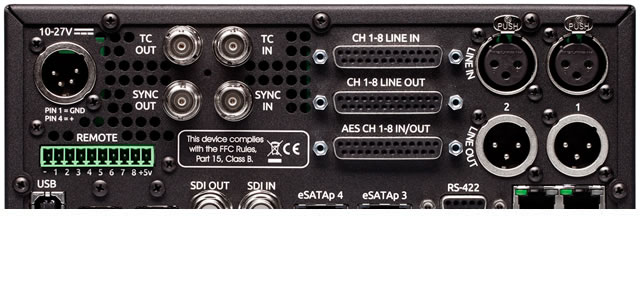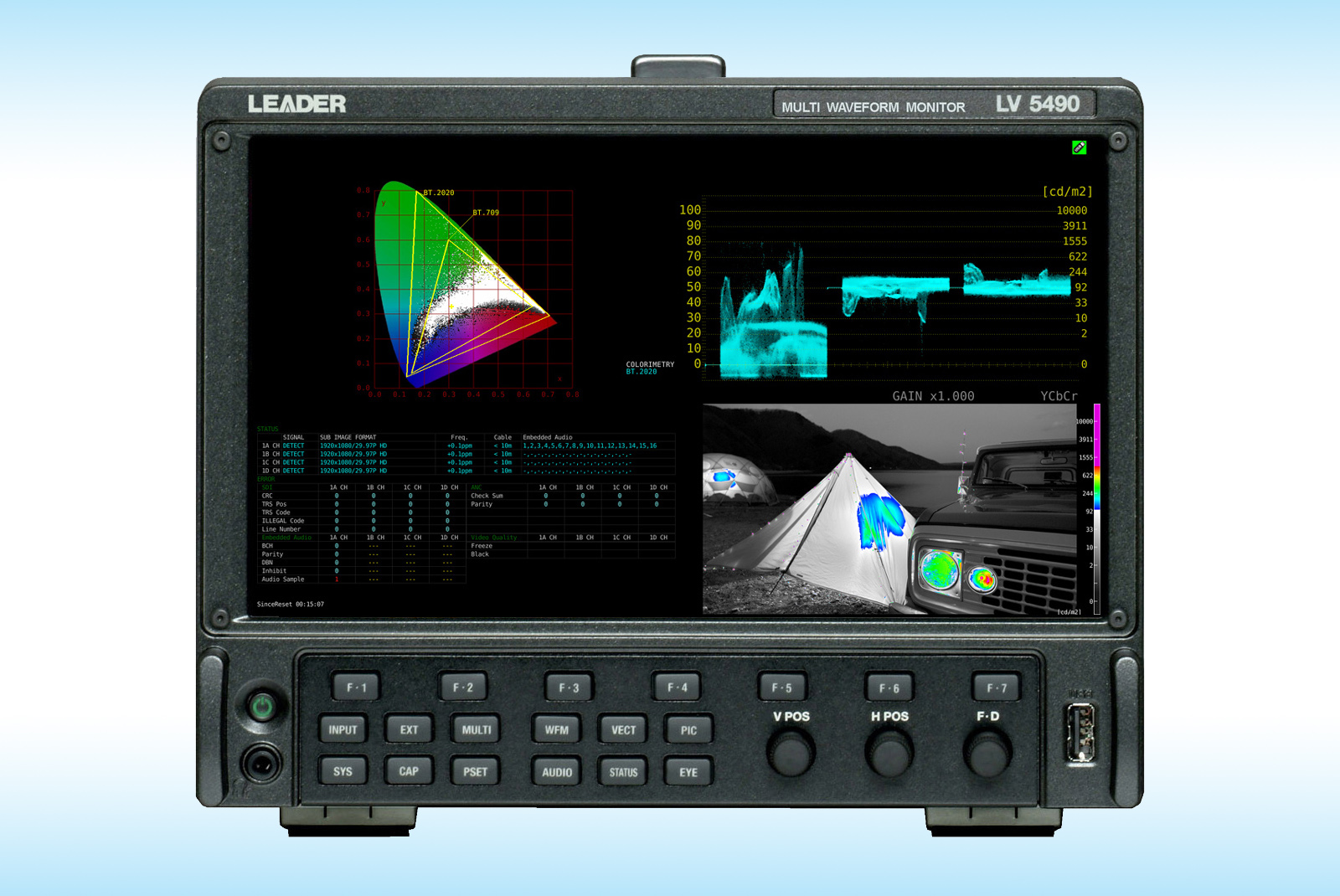The evolution e 906 is Sennheiser’s “Mic of the Month” for November
Just a quick glance at online discussions and user ratings for the e 906 mic reveals a certain level of devotion. But just what makes this guitar microphone so popular? Sennheiser portfolio manager Sebastian Schmitz explained: “The e 906 incorporates decades of experience with guitar microphones. And we’ve developed quite a few decent models throughout our company history!” One of these “decent” guitar microphones is the MD 409: Often referred to as ‘the best guitar microphone that there is’, the MD 409 still enjoys legendary status among sound engineers and was the inspiration for the development of the e 906. Sennheiser looked to this classic mic’s ability to capture warm, dreamy guitars and pithy metal riffs equally well as the starting point for creating the newer model. Similarly the e 906 sought to offer ease of handling that matched the MD 409, which was nicknamed the “guitar briquette”, and could be simply hung on its cable in front of the amp – a blessing for quick set-ups and use on small stages.
Using a beloved classic as an ideal for a new microphone had already proved effective for Sennheiser’s engineers, who had taken cues from the MD 409 when developing the e 609 Silver. However, the creation of the e 906 added a further demand – the need to harmoniously blend in with the other microphones in the new 900 series. This required particularly fine tuning, as Schmitz explained: “We designed the 900 series as a family. Every microphone ought to deliver an outstanding sound in the band mix even without EQing. This means that they have to not only reproduce their respective instrument well, but also fit perfectly into the overall mix.” To achieve this, the e 906 was rigorously measured under live conditions and carefully adjusted. In subsequent field tests, sound engineers tried out and evaluated the microphone.
Copes with every style
It quickly became clear during development, however, that for the e 906 to capture various styles of music, a huge amount of flexibility was required. To satisfy these requirements, the guitar microphone was given a three-stage switch to shape its sound. In the first stage, the presence is attenuated, which supports warm and soft sounds as for example in jazz or blues music. In the “flat” position, the presence is not changed, it is ideally suited to classic rock. The third stage increases the presence and thereby gives aggressive and energetically played, distorted metal guitars the right sound.
Traditionally practical
Few changes, however, were made to the popular, rectangular shape: “Lots of users have said to us about the MD 409: ‘This thing is immensely practical. Simply hang it in front of a speaker – and you’re ready to go. Please keep it like that!’ This is why, when designing the e 906, we haven’t tried any new tricks. There are some properties of microphones which quite simply can’t be improved upon,” said Sebastian Schmitz.
Thus, the legendary MD 409 found a worthy successor in the e 906 – and inspired the countless positive user ratings.
Three tips for getting more out of the e 906
The e 906 is your guitar microphone for all styles. Its natural sound and practical design offer you a wealth of possibilities. Here are a few tips for how to use it even better – for you and your sound.
Simply even more secure
The shape of the e 906 is ideal for positioning the microphone so that it simply hangs on its cable in front of the speakers – without any tripod. This saves space and reduces the work involved in set-up. To position it even more securely, you can simply attach the microphone clamp supplied; in this way the e 906 cannot turn with its cable and stays exactly where you put it.
The position colours the sound
Not only the presence switch but also the positioning of the e 906 in front of the speaker enables you to have an influence on the guitar sound. This is how you do it:
For lots of high frequencies and an aggressive sound: Align the mic directly towards the centre of the dome.
For balanced, natural sound: Position the mic between the dome and beading of the speaker.
For a soft sound with more lower mids: Align the e 906 towards the beading – the further towards the outside, the fewer high frequencies you will get, resulting in a warmer sound.
Why not try it out on something else?
The e 906 is also ideal for capturing trumpets or snare drums. With the latter you can also shape the sound through the positioning of the e 906. Placing it horizontally above the drum at a distance of 3 to 5 cm will give you lots of fundamental tones and few overtones. To alter this ratio, simply change the angle of the mic above the drum; align it towards the centre of the drum head and vary the angle from approx. 30° to 60°. As always with miking, naturally the following rule applies here too: There is no “right” or “wrong”. Simply try out a few positions – and trust your ears.
Watch the e 906 video:




